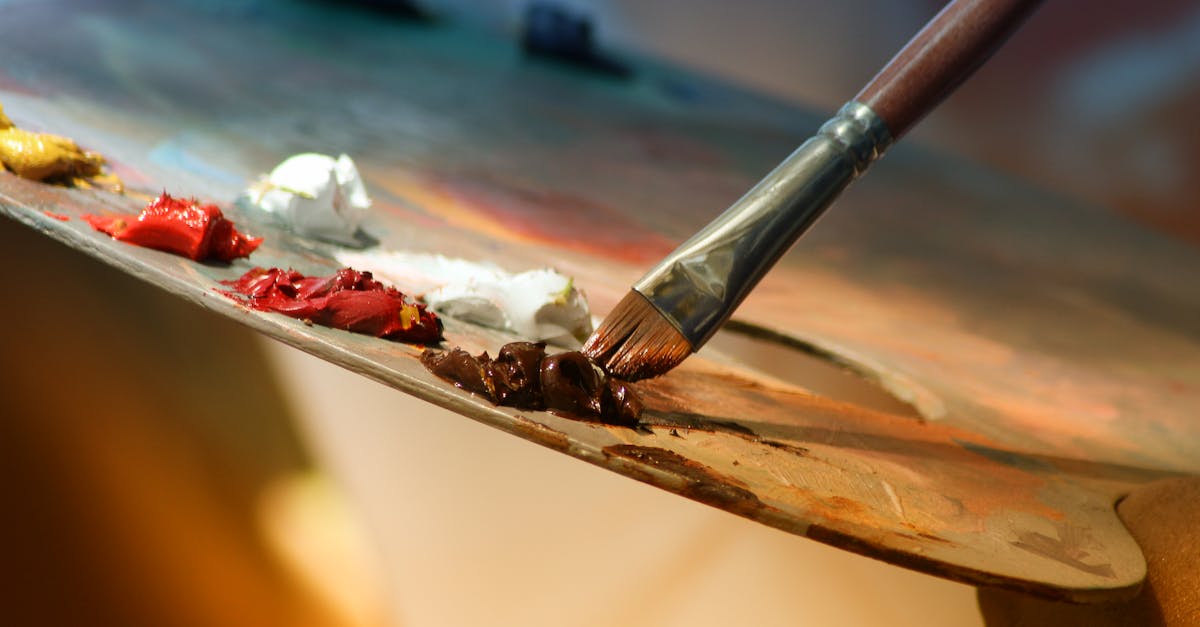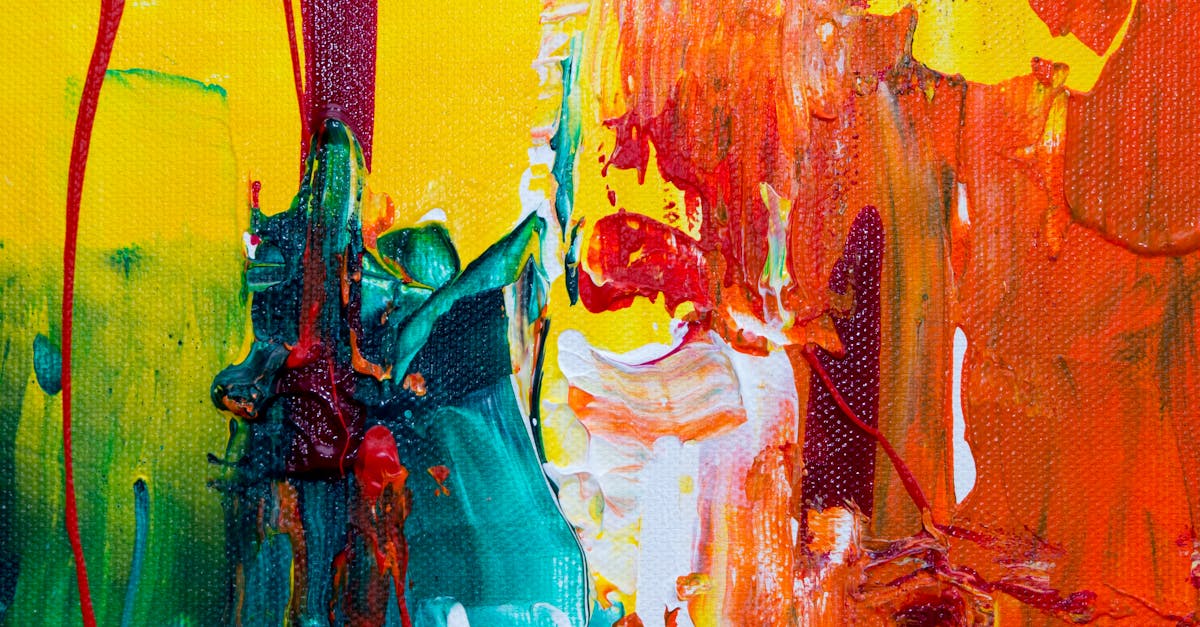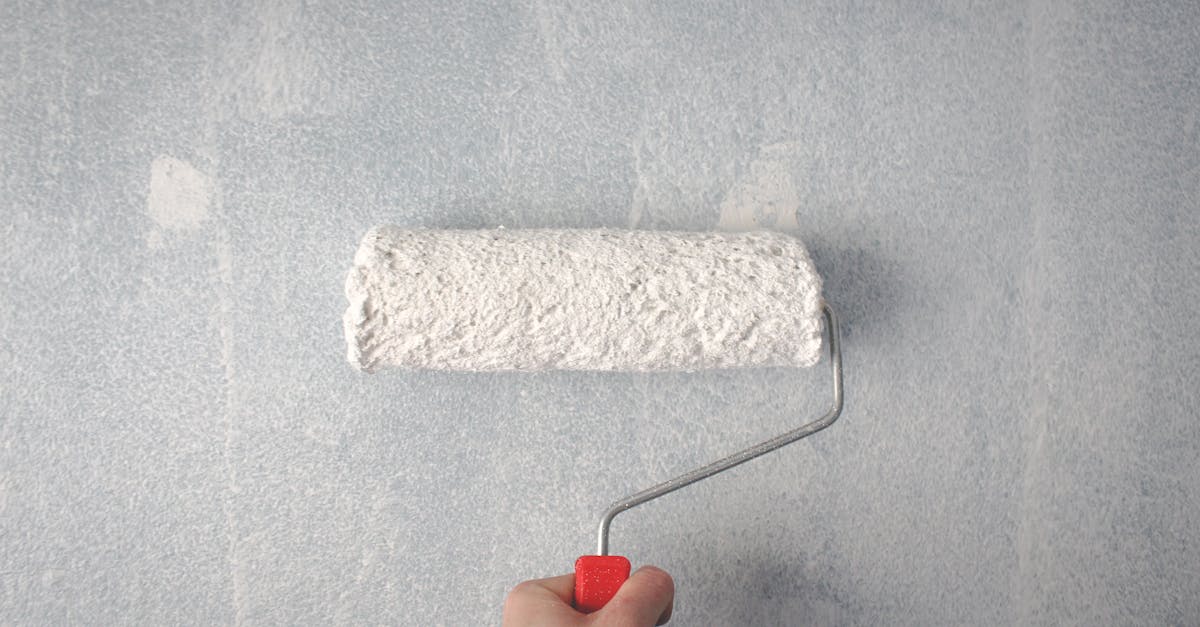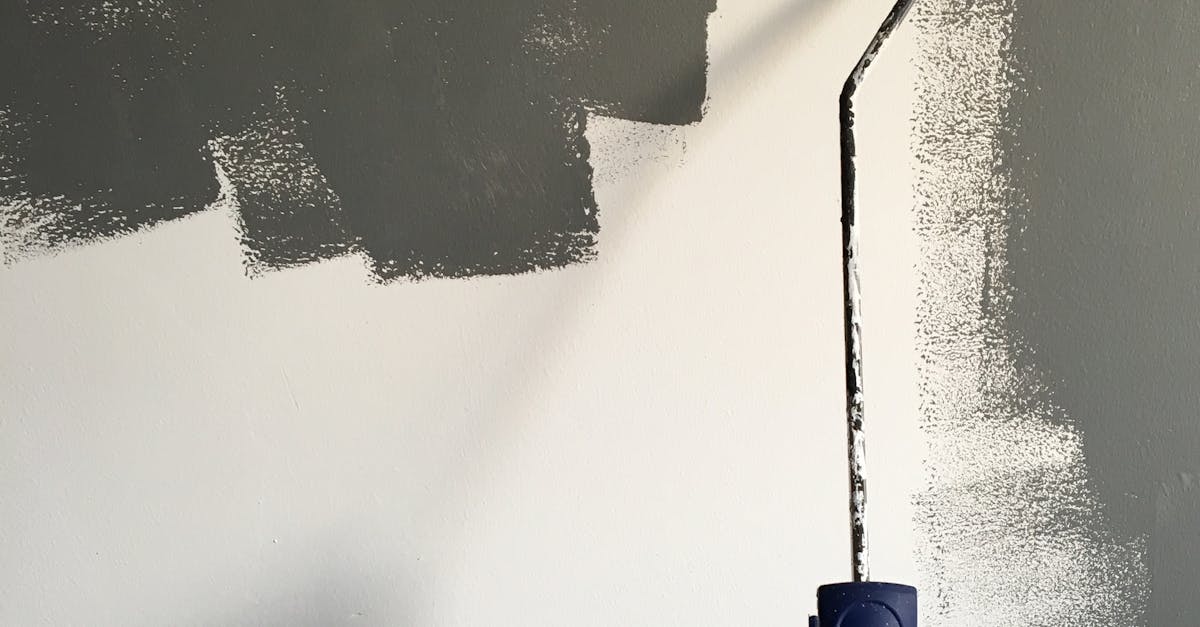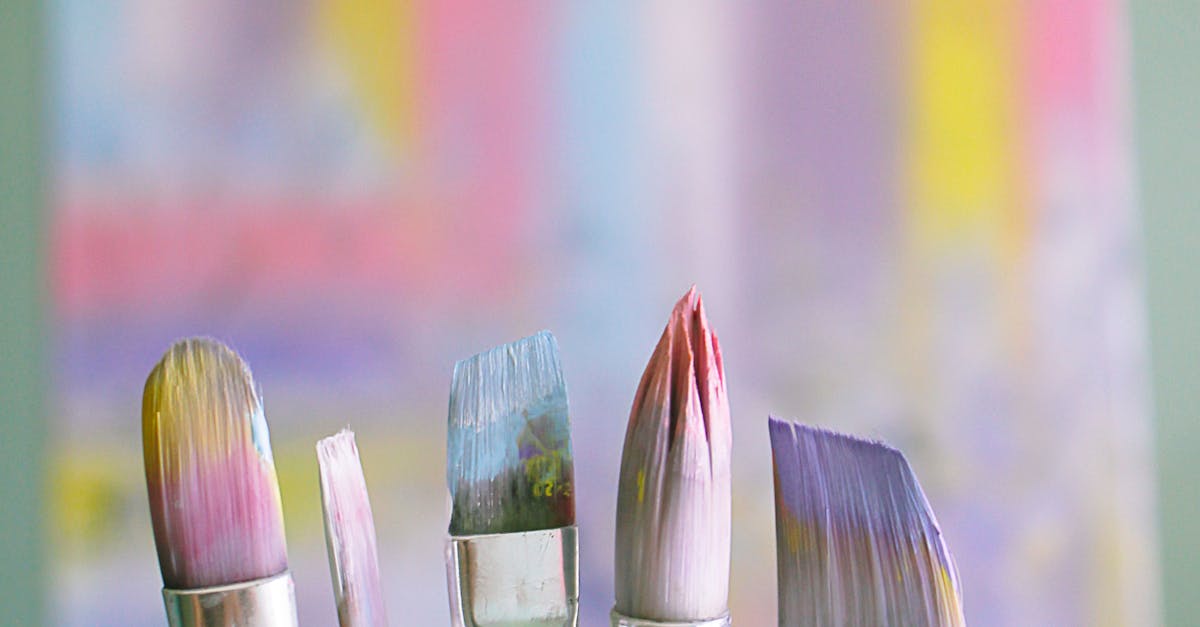
Allowing the First Coat to Dry
Once the first coat of plaster has been applied, it is crucial to allow it adequate time to dry thoroughly. Inexperienced individuals may be tempted to rush this step, but patience is essential. The drying time will vary depending on factors such as temperature and humidity. In the region of Plastering Slough, Berkshire, where the weather can be unpredictable, it is especially important to monitor the drying process closely.
Proper ventilation is key during this phase to aid in the drying of the plaster. Opening windows and using fans can help to circulate air and speed up the drying time. Avoiding damp conditions is essential as excess moisture can lead to uneven drying and potential cracking. In Plastering Slough, Berkshire, where humidity levels can be high, ensuring good ventilation is crucial for achieving a flawless finish.
Ensuring Proper Ventilation
Ensuring proper ventilation is a crucial aspect of the plastering process in maintaining a suitable environment for the plaster to dry effectively. Adequate airflow helps to expedite the drying process, preventing any issues such as dampness or uneven drying. In Plastering Slough, Berkshire, it is recommended to have windows and doors opened during and after plastering to facilitate good ventilation and assist in achieving a high-quality finish.
Proper ventilation also aids in ensuring the health and safety of individuals involved in the plastering process. By allowing fresh air to circulate, potential respiratory issues arising from inhaling plaster dust can be minimised. It is essential to bear in mind the well-being of both the individuals carrying out the plastering work and those residing in the vicinity. In Plastering Slough, Berkshire, prioritising ventilation not only enhances the quality of the plastering outcome but also promotes a healthier work environment.
Sanding Down the First Coat
After allowing the first coat of plaster to thoroughly dry, the necessary step of sanding it down comes into play. Sanding down the first coat is a crucial part of the plastering process, as it helps in achieving a smoother and more refined finish. This phase requires meticulous attention to detail to ensure that the surface is prepared adequately for the subsequent layers of plaster. Plastering Berkshire professionals are well-versed in this essential step, using appropriate tools and techniques to create a perfectly even and polished base for the next coat.
The process of sanding down the first coat involves carefully smoothing out any imperfections, bumps, or rough patches that may have appeared during the initial plaster application. By skillfully sanding the surface, plasterers can eliminate any inconsistencies and create a uniform foundation for the subsequent layers of plaster. This meticulous approach is integral to achieving a flawless final result, and plasterers in Berkshire dedicate the necessary time and expertise to perfecting this crucial stage of the plastering process.
Creating a Smooth Finish
Creating a smooth finish in plastering is a crucial step to achieve a professional and polished look. Once the first coat of plaster has dried sufficiently, the surface needs to be meticulously sanded down to remove any imperfections or bumps. This process requires attention to detail and a keen eye to ensure that the surface is perfectly smooth and ready for the next coat. Plastering Slough, Berkshire, professionals often emphasise the importance of this step as it sets the foundation for a flawless final result.
After sanding down the first coat, the surface should be free of any rough patches or uneven areas. The next step involves applying the second coat of plaster, where the goal is to maintain consistency with the previous layer to achieve a seamless finish. This requires skill and precision to ensure that the thickness and texture of the second coat match the first one, resulting in a uniform and smooth surface. Plastering Slough, Berkshire, specialists pay close attention to this process to deliver high-quality work that meets the highest standards in the industry.
Applying the Second Coat of Plaster
Applying the second coat of plaster is a crucial stage in achieving a flawless finish in the plastering process. Once the first coat has dried sufficiently, usually after 24 hours, the second coat can be applied. This coat should be slightly thicker than the first to ensure a strong and even finish. Plastering Slough, Berkshire professionals advise working quickly but methodically to cover the entire surface with an even layer of plaster.
After the second coat has been applied, it is essential to feather the edges smoothly to blend with the first coat. This process helps to create a seamless transition between the layers, resulting in a uniform and polished surface. Ventilation is key during this stage to allow for proper drying and prevent the build-up of excess moisture. Plastering Slough, Berkshire experts recommend monitoring the drying process closely to achieve the desired consistency for a flawless end result.
Achieving Consistency with Previous Layer
After allowing the first coat to fully dry and ensuring proper ventilation, the next step in the plastering process involves achieving consistency with the previous layer. This is crucial for obtaining a seamless and uniform finish on the wall surface. Plastering in Slough, Berkshire, requires meticulous attention to detail in order to ensure that the second coat adheres smoothly to the initial layer, creating a cohesive and professional appearance.
By carefully applying the second coat of plaster, craftsmen in Plastering Slough, Berkshire can achieve a consistent and even finish across the entire surface. It is essential to maintain a steady hand and follow the same technique used for the first coat to ensure that the layers blend seamlessly together. This step is pivotal in creating a flawless end result that enhances the aesthetic appeal of the space being plastered.
FAQS
What is the purpose of plastering?
Plastering is the process of applying a smooth, even layer of plaster to walls and ceilings to create a finished surface that is ready for painting or wallpapering.
How long does it take for the first coat of plaster to dry?
The first coat of plaster typically takes around 24-48 hours to dry completely, depending on factors such as humidity and temperature.
Why is proper ventilation important during the plastering process?
Proper ventilation is important during plastering to help the plaster dry evenly and prevent the build-up of excess moisture, which can lead to cracking and other issues.
How should the first coat of plaster be sanded down?
The first coat of plaster should be sanded down using fine-grit sandpaper to create a smooth and even surface before applying the second coat.
What is the purpose of applying a second coat of plaster?
Applying a second coat of plaster helps to achieve a consistent and uniform finish, filling in any imperfections and creating a smooth surface ready for decoration.

